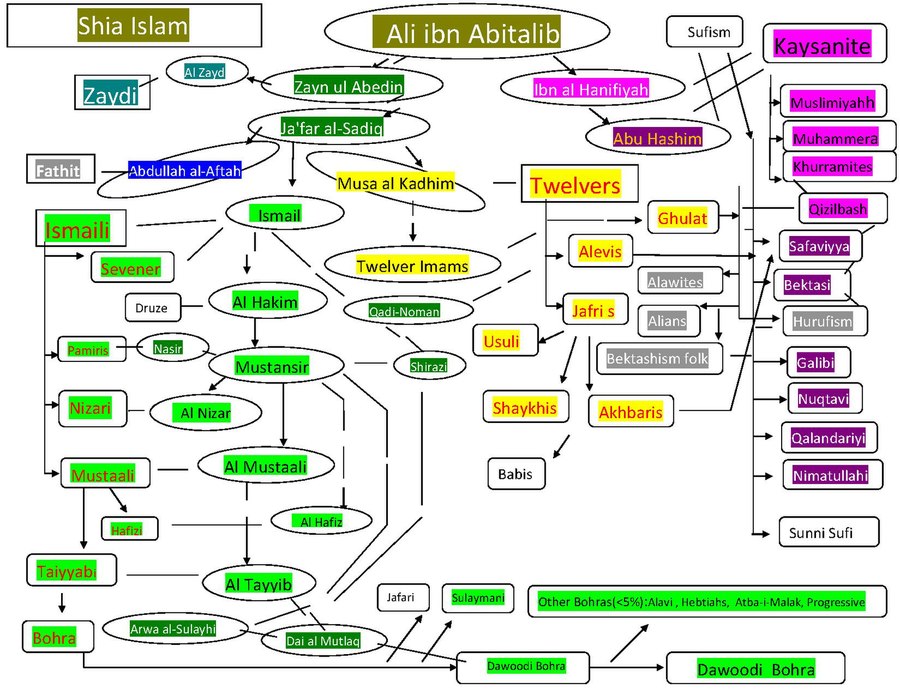The Fathites, also Aftahiyya or Fathiyya (Arabic: الفطحية), are a now-extinct branch of Shia Islam, who were supporters of Abdallah al-Aftah, believing him to be the imam after the death of his father Ja'far al-Sadiq, the sixth imam of Shiism, in 765 CE. Abdallah's inheritance of the imamate was contested, with varying stories stating that either that he died within 70 days of his father, or that he was not sufficiently competent.[1]
One faction of Fathites believed that Abdallah al-Aftah had a son, Muhammad, who inherited the imamate. Others, however, believe Abdallah died without issue, and many Fathites later rejoined the Shia mainstream, becoming followers of Musa al-Kadhim, Ja'far's other son who is recognized as the seventh imam by the Twelver Shia.[1]
Fathites amongst Shia[edit]


See also[edit]
References[edit]
- ^ a b Moojan Momen (10 September 1987). An introduction to Shiʻi Islam: the history and doctrines of Twelver Shiʻism. Yale University Press. pp. 54–. ISBN 978-0-300-03531-5. Retrieved 8 February 2011.
Well, that’s interesting to know that Psilotum nudum are known as whisk ferns. Psilotum nudum is the commoner species of the two. While the P. flaccidum is a rare species and is found in the tropical islands. Both the species are usually epiphytic in habit and grow upon tree ferns. These species may also be terrestrial and grow in humus or in the crevices of the rocks.
View the detailed Guide of Psilotum nudum: Detailed Study Of Psilotum Nudum (Whisk Fern), Classification, Anatomy, Reproduction